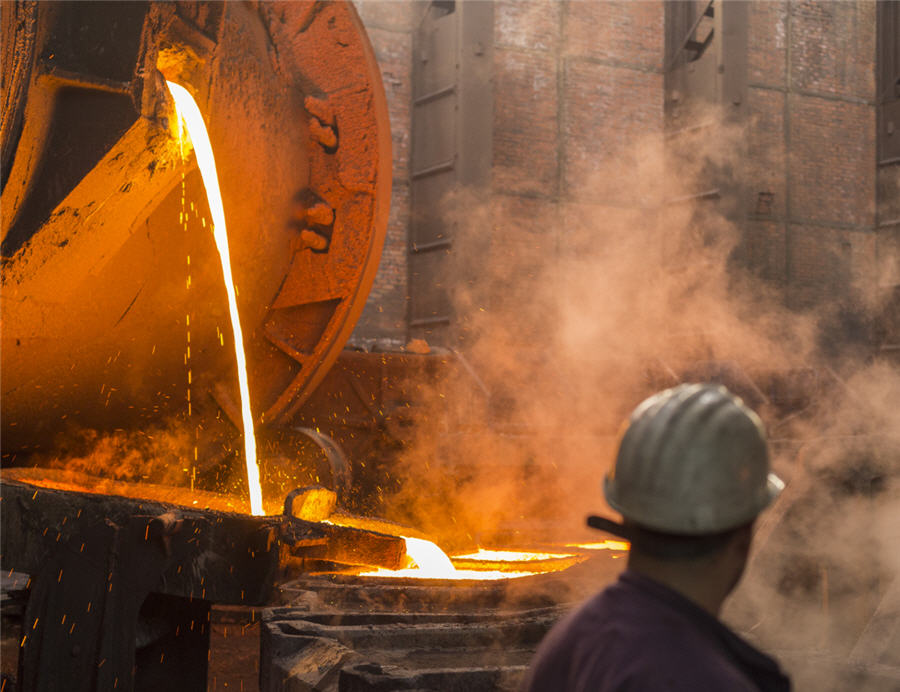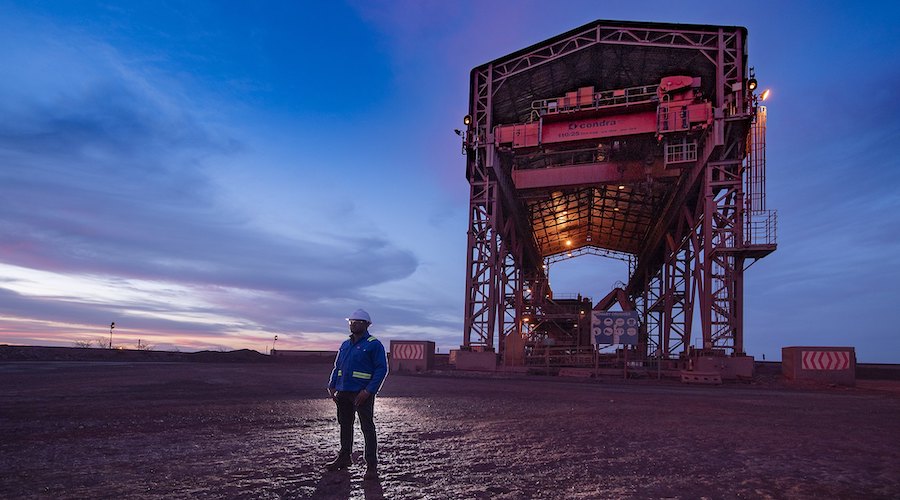The Four Key Reasons Why The U.S. Will Never Stop Targeting Russia’s LNG Sector
- By Simon Watkins - Apr 29, 2024
- LNG has become the most important swing energy source in an increasingly insecure world.
- Energy exports remain the foundation stone of Russia’s essentially petro-economy.
- Russia's LNG industry is closely associated in Russia with President Vladimir Putin personally.
Perhaps even more than its targeting of Russian oil exports, the U.S. has been laser-focused on its liquefied natural gas (LNG) sector as they key area it wants to effectively destroy over the long term. Last week’s suspension of Russia’s flagship Arctic LNG-2 project by lead operator Novatek is the latest of Washington’s trophies in this regard, but it is very unlikely to be the last. As U.S. Assistant Secretary of State for Energy Resources Geoffrey Pyatt said on 24 April: “[Novatek] has recently had to suspend production at its Arctic LNG-2 liquefaction facility, in part because of sanctions that the Biden administration has led.” He added: “We’re going to keep tightening the screws […] We’re going to continue to designate a broad range of entities involved in development of other key energy projects, future energy projects as well, and associated infrastructure including the Vostok Oil Project, the Ust Luga LNG Terminal, and the Yakutia Gas Project.” So, why is the U.S. so concerned about Russia’s LNG sector?
The first of four key reasons is that LNG has become the most important swing energy source in an increasingly insecure world. Unlike oil or gas that is transported through pipelines, LNG does not require years and vast expenses to build out a complex infrastructure before it is ready to transport anywhere. Once gas has been converted to LNG, it can be shipped and moved anywhere within a matter of days and bought reliably either through short- or long-term contracts or immediately in the spot market. Around a year before the Kremlin ordered the first Russian troops into Ukraine on February 24, 2022, China foresaw the critical significance of global energy dependency, as extensively discussed in my new book on the evolving dynamics of the global oil market. So, beginning in March 2021, a 10-year purchase and sales agreement was signed by the China Petroleum & Chemical Corp (Sinopec) and Qatar Petroleum (QP) for 2 million tonnes per annum (mtpa) of LNG. This was followed by several other major LNG deals prior to Russia invading Ukraine.
In the zero-sum game of emergency global energy supplies, China’s hoarding of LNG prior to the 2022 invasion meant that Europe – critically dependent on Russian gas and oil – would be even more exposed if these supplies suddenly stopped. Russia had been banking on this to produce the same response from Europe to its 2022 invasion of Ukraine as had occurred after its 2008 invasion of Georgia and its 2014 invasion of Ukraine and subsequent annexation of Crimea. That is, Russia expected Europe to do absolutely nothing meaningful to sanction its aggression. The Kremlin was nearly right in its calculations, with the effective leader of the European Union (E.U.) – Germany – only concerned about ensuring its own continuity of gas and oil supplies from Russia in 2022 at all costs, as also analysed in detail in my new book on the new global oil market order. Its acquiescence to Russian hostility yet again was only stopped when the U.S. with U.K. support in Europe and the Middle East worked to establish new emergency supplies of LNG from elsewhere. This determination to never again allow the European Union states to just roll over in the face of Russian aggression due to their over-reliance on Russian energy is the second key reason why the U.S. continues to mercilessly target its LNG sector.
The third reason is that energy exports remain the foundation stone of Russia’s essentially petro-economy and that it was intending to counterbalance the reduction of income from pipelined oil and gas with rises in LNG supplies. Indeed, according to comments from its Deputy Prime Minister Alexander Novak on 22 November last year, Russia intended its LNG market share to rise to 20 percent (at least 100 million tons per year) by 2030, from the current 8 percent (around 33 tons in 2023). As also analysed in my new book on the new global oil market order, Russia earned nearly US$100 billion from oil and gas exports during the first 100 days of the war in Ukraine. Overall, revenues from the higher post-invasion oil and gas prices were much greater than the cost for Russia of continuing to fight the war. However, as prices started to weaken again and sanctions increasingly hit Russia, its finances and ability to secure an outright military victory have been significantly reduced. So desperate has the situation become for President Vladimir Putin that he risked arrest in December to visit Saudi Arabia’s Mohammed bin Salman, and the UAE’s Mohamed bin Zayed al Nahyan, to plead for greater cuts in OPEC oil production in order to push prices up. Again, in the zero-sum game of the global energy market, Russia’s LNG losses from sanctions will be a gain for the U.S. and those LNG suppliers it regards as allies, which now includes Qatar. As it stands now, the Emirate will account for about 40 percent of all new LNG supplies across the globe by 2029, according to comments from its government. The U.S. has seen its LNG exports go from zero before 2016 to around 124 billion cubic metres (bcm) this year, and it is expecting another 124 bcm to come online by 2030. Meanwhile, according to the International Energy Agency, Russia’s share of internationally traded natural gas is forecast to fall from just around 30 percent in the year before it invaded Ukraine to about 15 percent by 2030. Its revenue from natural gas sales is projected to drop from around US$100 billion in 2021 to less than US$40 billion by 2030.
The fourth and final reason why Washington is so determined to effectively destroy Russia’s LNG sector over the long term is that it is an industry so closely associated in Russia with President Vladimir Putin personally. He has long seen LNG – particularly from the country’s huge gas resources in the Arctic – as the key to Russia’s next major phase of energy growth, rather as shale oil and gas was for the U.S., as also detailed in my new book on the new global oil market order. The Russian Arctic sector comprises over 35,700 billion cubic metres of natural gas and over 2,300 million metric tons of oil and condensate, the majority of which are in the Yamal and Gydan peninsulas, lying on the south side of the Kara Sea. According to comments by Putin, the next few years will witness a dramatic expansion in the extraction of these Arctic resources, and a corollary build-out of the Northern Sea Route (NSR) – the coastal route of which crosses the Kara Sea - as the primary transport route to monetise these resources in the global oil and gas markets, especially to its key geopolitical and financial ally, China. Such was Putin’s determination to move ahead with Russia’s Arctic LNG projects that various heavyweight Russian entities were inveigled around the time the U.S. imposed its 2014 sanctions to finance key parts of them. The Russian Direct Investment Fund, for example, established a joint investment fund with the state-run Japan Bank for International Cooperation with each contributing half of a total of about JPY100 billion (then US$890 million) to it. The Russian government itself bankrolled Arctic LNG 1 from the beginning with money from the state budget. It then supported it again when sanctions were introduced by selling bonds in Yamal LNG (the first part of the Arctic LNG programs), and then by providing another RUB150 billion of backstop funding from the National Welfare Fund.
By Simon Watkins for Oilprice.com



